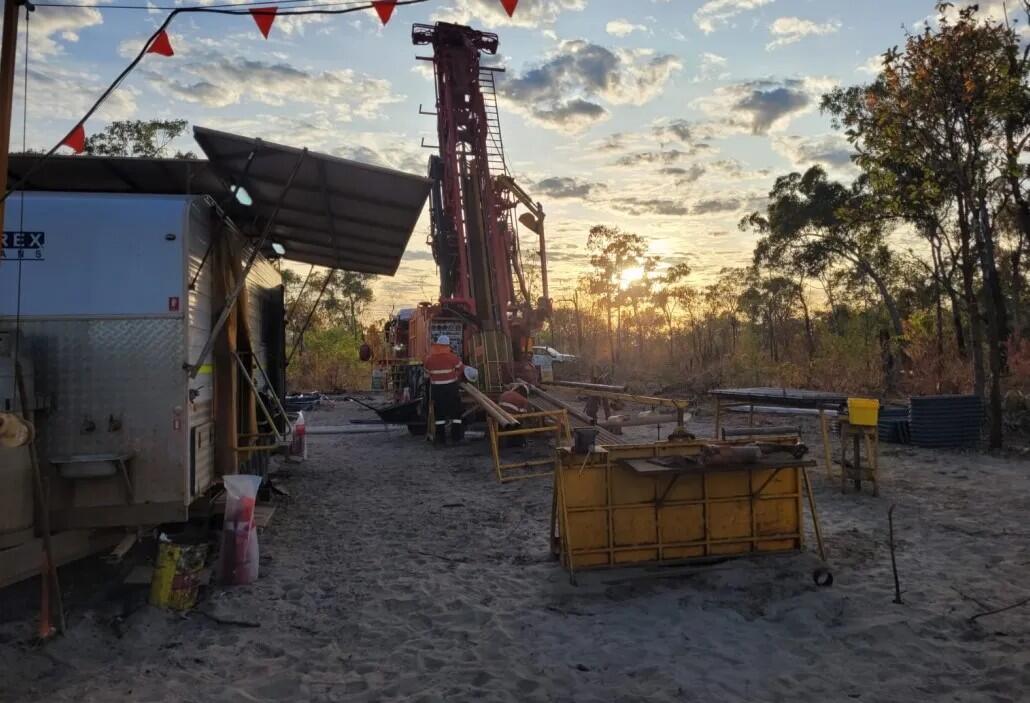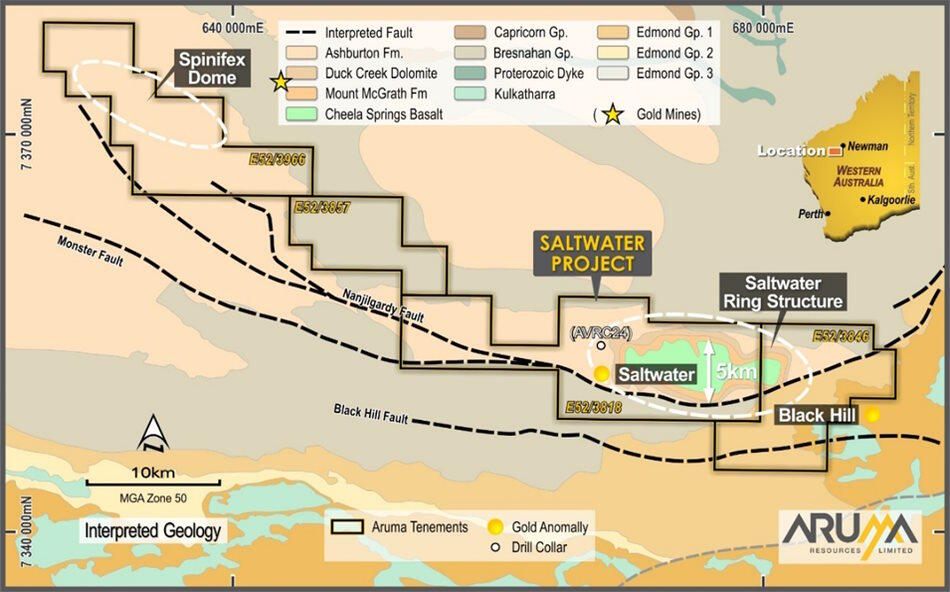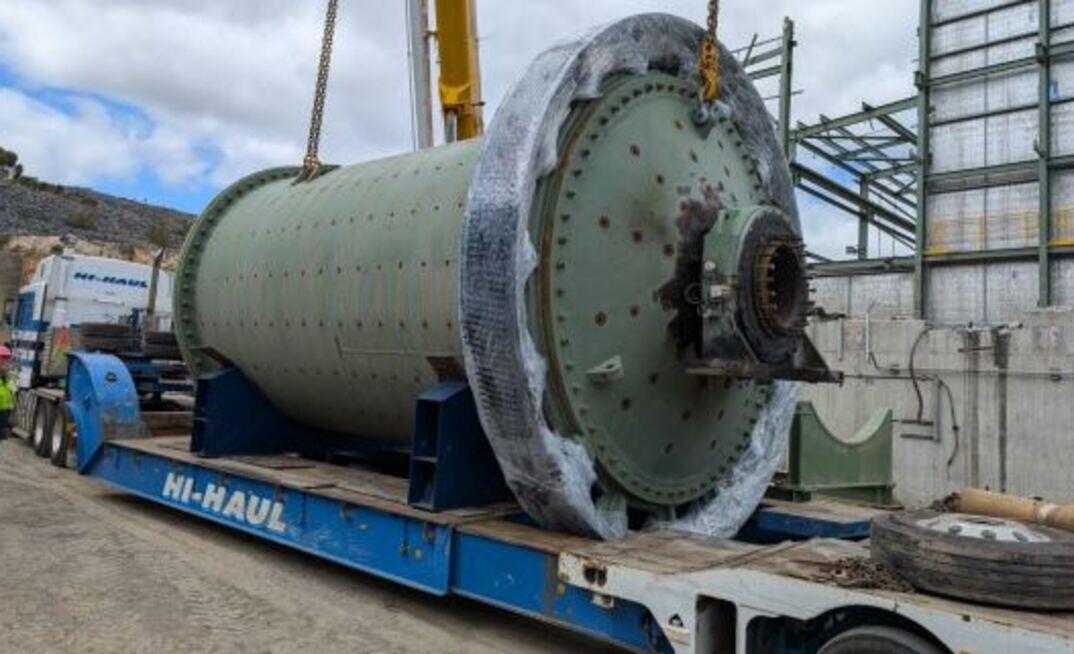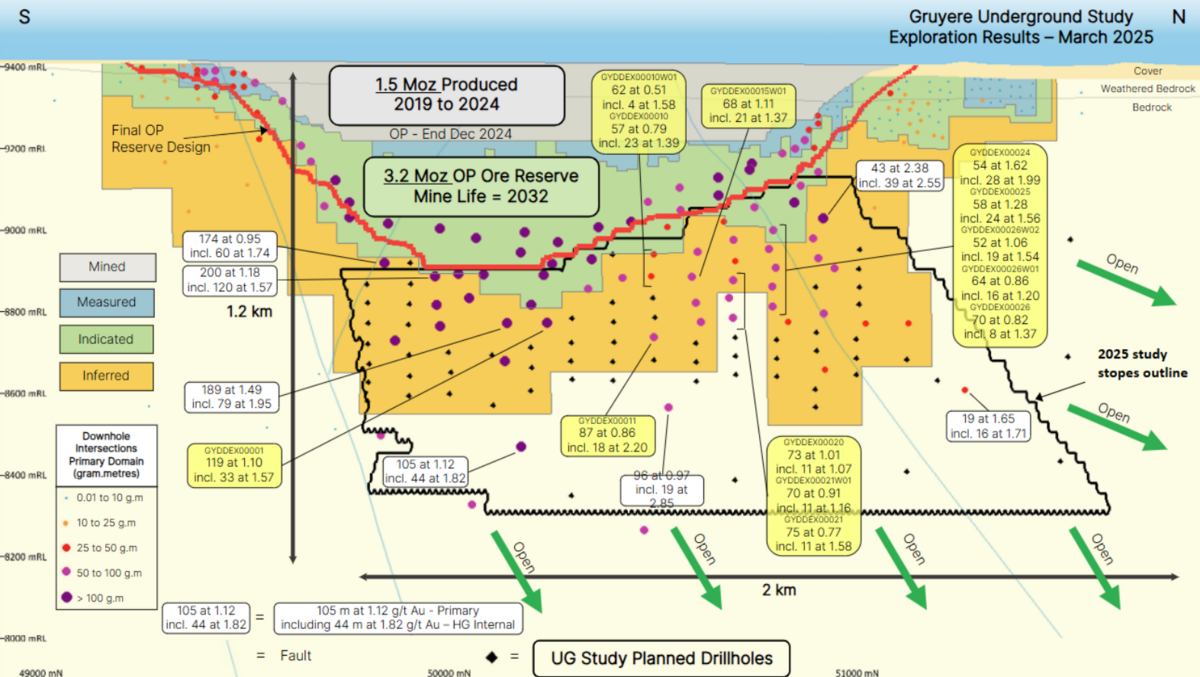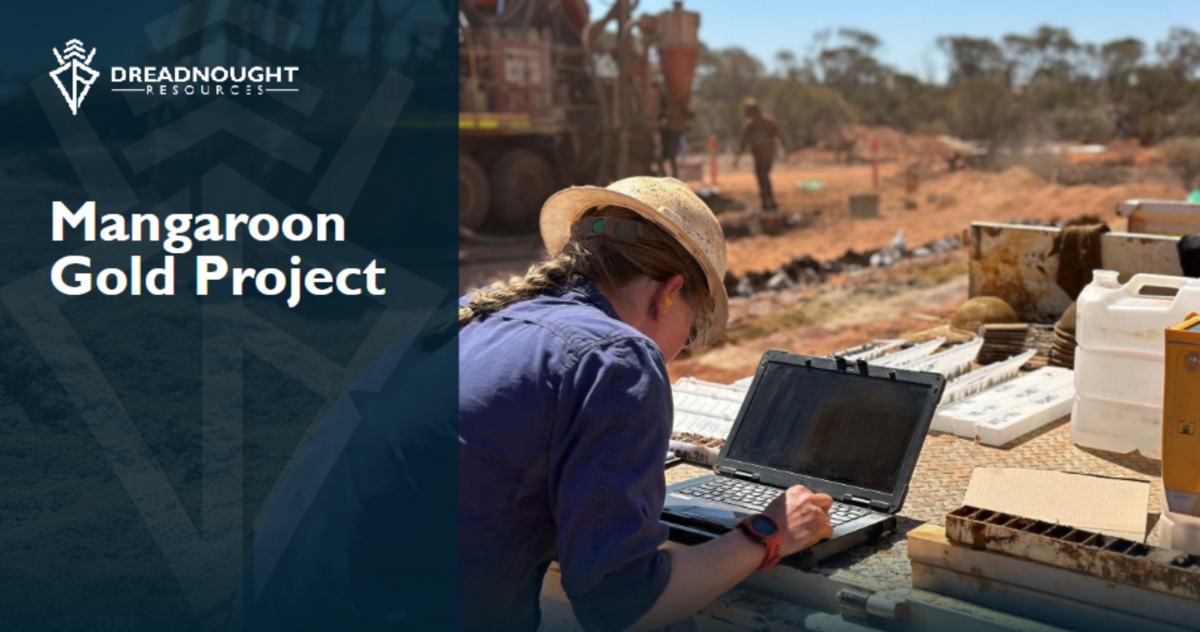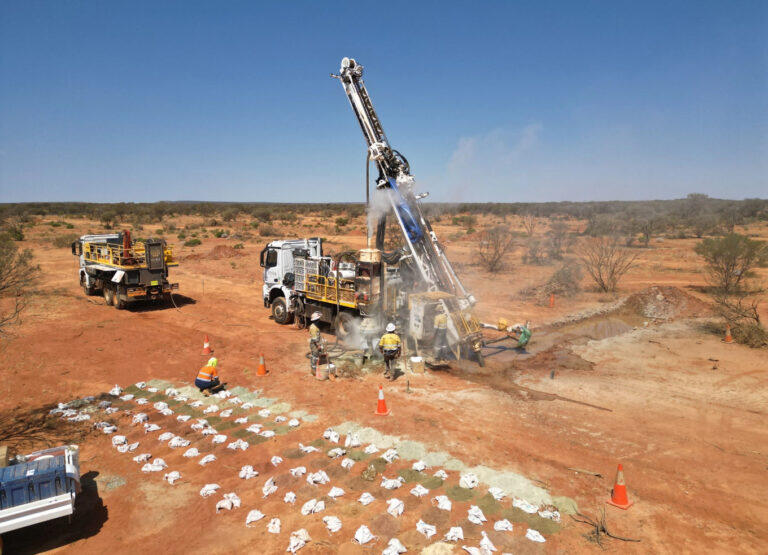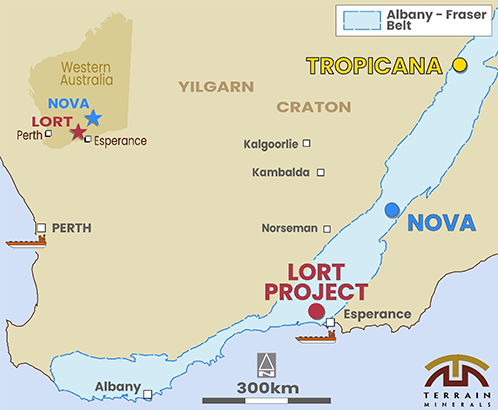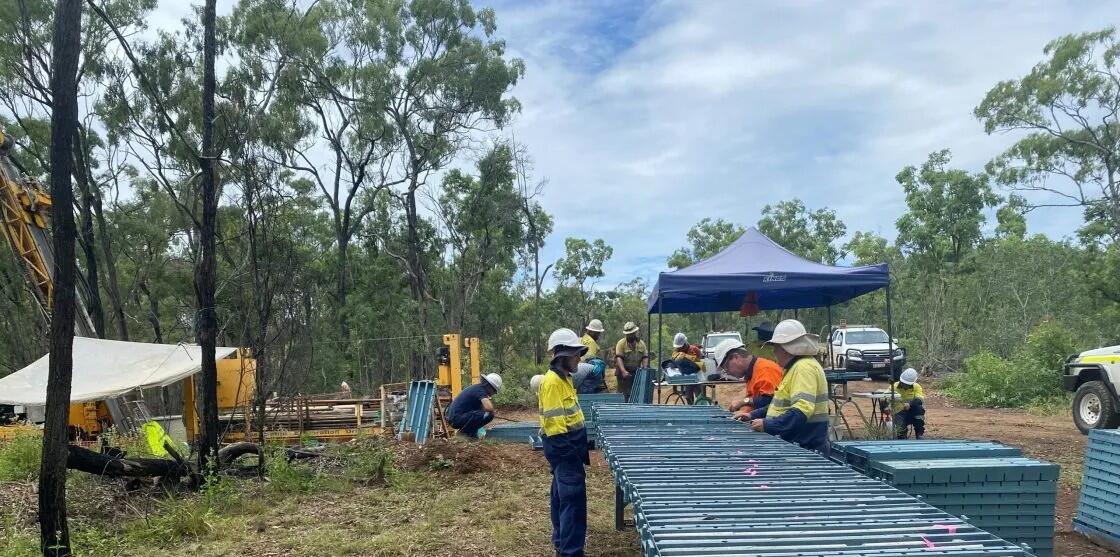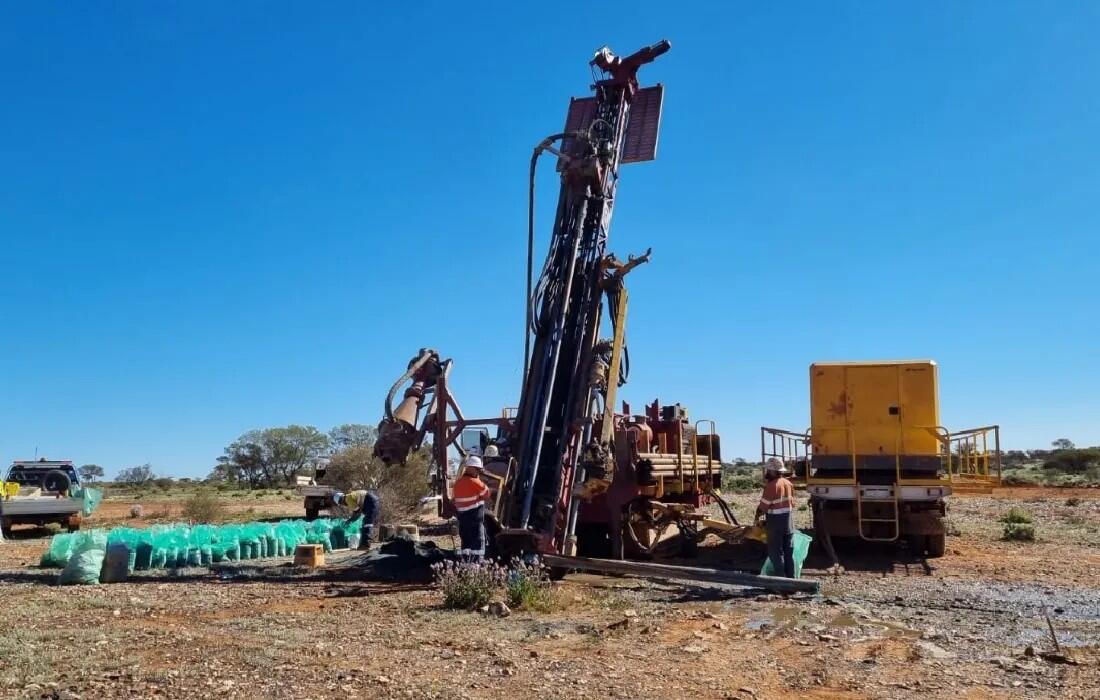Koonenberry Gold Hits Exceptional Gold Grades at Enmore Project
Carol Forrest
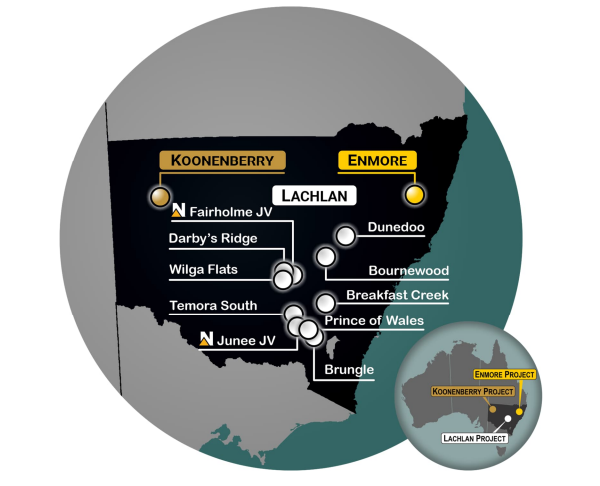
Koonenberry Gold Limited (ASX: KNB) has reported impressive results from the first diamond drill hole at its Enmore Gold Project's Sunnyside Prospect in northeast New South Wales. Today, the company's share price reached a peak of 6.2 cents, marking an impressive percentage gain of 24%. This highlights significant potential for high-grade gold mineralisation.
Key Highlights:
-
Exceptional intersection of 170 metres at 1.75g/t gold from 77 metres, including:
-
18.3 metres at 9.95g/t gold from 172.9 metres
-
Peak assay of 0.3 metres at an outstanding 144.5g/t gold
-
-
Assays confirm previous visible gold observations, correlating with intense veining, sulphides, and breccia zones.
-
Gold mineralisation remains open up-dip, along strike, and at depth, indicating substantial exploration upside.
-
Additional results from ongoing drilling (holes 2, 3, and 4) expected in April.
Managing Director Dan Power commented, “This initial drill result at Enmore is truly exciting. It validates historical findings and showcases Sunnyside's strong potential for broad, high-grade gold zones. Ongoing drilling aims to further expand our understanding of this promising system.”
Drilling continues actively at Sunnyside, with further results anticipated soon, reinforcing Koonenberry Gold's strategic exploration momentum.
For additional information, visit www.koonenberrygold.com.a

